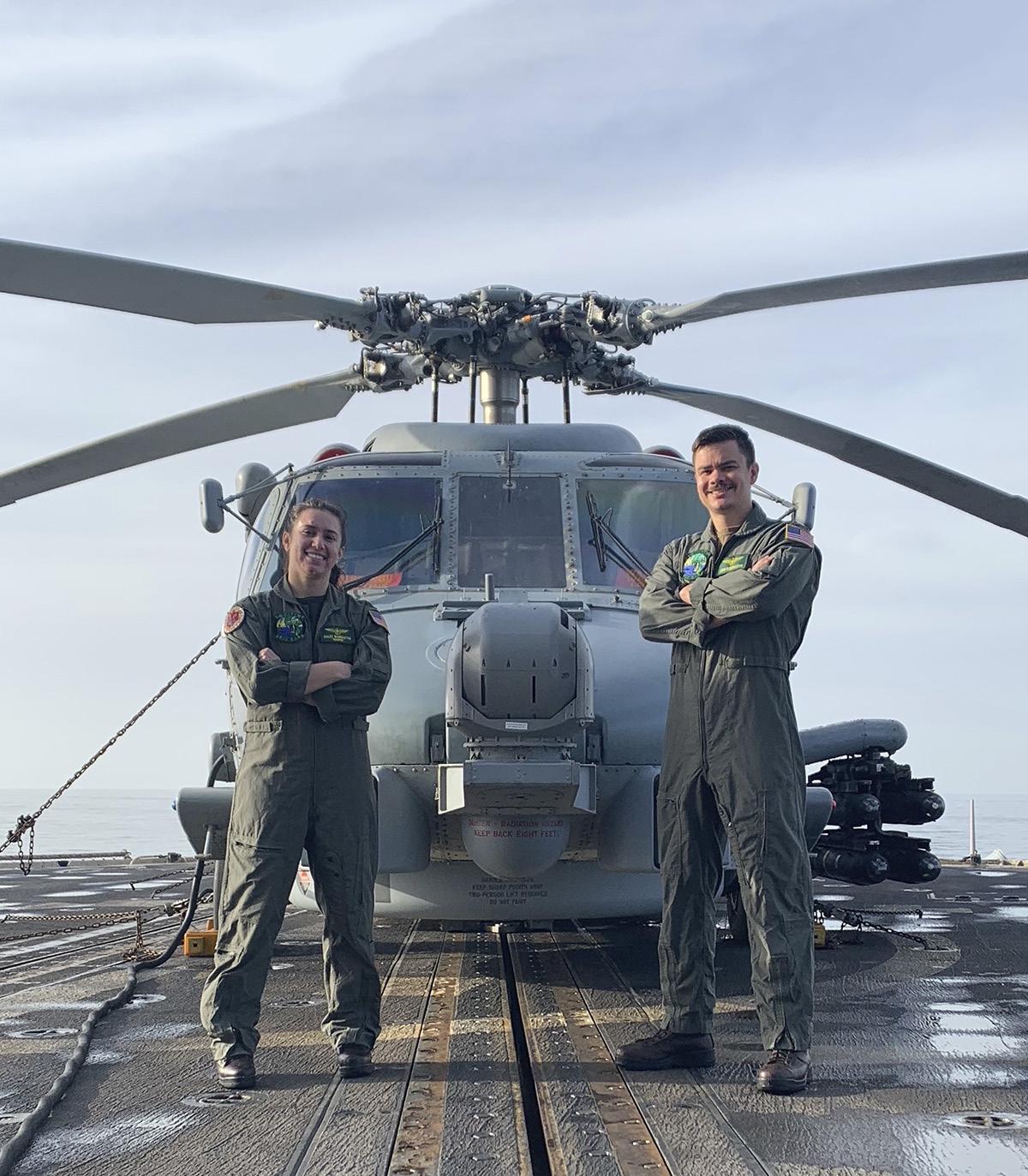Industry & technology Exercise Deep Water 20 and Shaping a Way Ahead for the USMC By Dr. Robbin Laird
MV-22B Ospreys with Marine Medium Tiltrotor Squadron 266 and Marines with 3rd Battalion, 6th Marine Regiment conduct Exercise Deep Water 2020 at Marine Corps base Camp Lejeune, North Carolina, July 29, 2020. U.S. Marine Corps photo by Maj. Binford Strickland, USMC.
W
ith a clear focus for the USMC on shifting from the land wars to full spectrum crisis management against peer competitors, the future is now. Whatever a future force looks like, one has to engage and fight with the force one has now. But force design can come as much with reworking how to use current capabilities and to reshape how they can be used, and how they can become more effective, lethal and survivable. The Marines have been the nation’s crisis management force for a long time, and . Tthe nation needs them to continue to be so. They are the force specialists on expeditionary warfare and able to operate distributed basing alike no force in the world. As the time to close a crisis gap when a peer adversary acts is short, the Marines need to get to the crisis point rapidly to provide time for political decision makers to be able to be able to deliver effective crisis management effects. How the Marines can do so by reconfiguring current capabilities into evolving concepts of operations was demonstrated last year in an exercise which they called Deep Water. In a press release from November 5, 2020, this is how II Marine Expeditionary Force described the exercise: “Marines with 2nd Marine Division, 2nd Marine Logistics Group, and 2nd Marine Aircraft Wing are conducting Exercise Deep Water at Marine Corps Base Camp Lejeune, N.C., 29 July 2020. II MEF conducts these training events on a consistent basis. This year, Exercise Deep Water will see two battalions conduct an air assault in order to command and control many of the various capabilities organic to II MEF in preparation for major combat operations. Rotor Review #153 Summer '21
“Exercise Deep Water 20 is a great opportunity for the Division to work with aviation units from Marine Corps Air Station New River and the Logistics Combat Element, as well. The 2nd Marine Regiment will be the provide command and control over the 2nd battalion, 2nd regiment, and 3rd battalion, 6th regiment, and the logistics and aviation units.” During my visit to 2nd MAW in the first week of December 2020, I had a chance to discuss the exercise and its focus and importance with Major Rew, the exercise’s aAir mMission Ccommander. I learned from Major Rew that this exercise combined forces from pickup zones in North Carolina and Virginia. The exercise consisted of a force insertion into a contested environment, meaning they used air assets to clear areas for the Assault Force, which included both USMC (AH-1Z, UH1Y, F/A-18A/C/D, and AV-8B) and USAF aircraft (F-15E and JSTARS). Once air superiority was established, the assault force was inserted by USMC MV-22Bs and CH-53Es. The exercise also included support aircraft such as the KC130J and RQ-21. The planning and execution focused on bringing a disaggregated force into an objective area that required integrated C2 with Ground, Aviation, and Logistics Combat Elements. This C2 functionality was delivered in part by an Osprey operating as an airborne command post with a capability delivered by a “roll-on/roll-off” C2 suite, which provided a chat capability and can be found at a mobile or static command post or even in an airborne C2 aircraft. 24









































